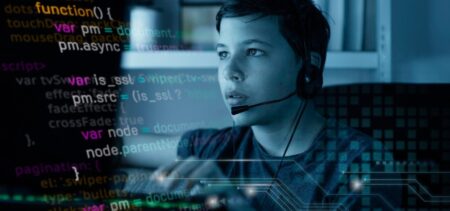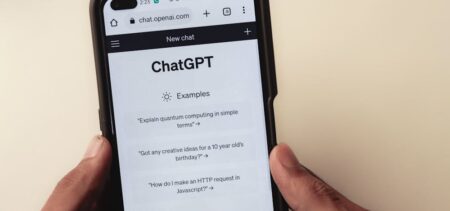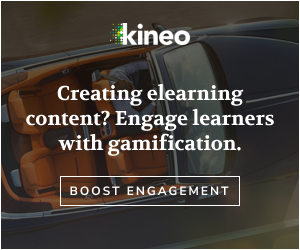As physics is still struggling to postulate and validate the theory of everything, technology might have found its own version. In the Big Data era, religion has been replaced by data flow, processing power and sophisticated algorithms, while Artificial Intelligence (AI) seems to be the new cult. According to a recent Gallup poll, 85% of American consumers already use products with AI elements. The new generation seems to be born into a digital world of data, but it may be still too early to work out the results. As Amazon’s Alexa is staggering users with its eerie chuckle, Google makes yet another step in linking AI to education and equips the public with its AI and machine learning courses.
Google has been a huge supporter of the new technology and its role in shaping the future. Google CEO Sundar Pichai even went as far as to suggest that AI is more profound than fire, being “one of the most important things humanity is working on.” Be that as it may, Pichai stated that it is reasonable to be concerned about AI and that “we want to be thoughtful about it.” With or without Google, technology is going to evolve, because it is in its nature to do so, Pichai added. Meanwhile, AI products have already changed the lives of 85% of Americans and Amazon alone estimates its digital assistant will be adopted by at least 100 million people within the next five years.
AI is not only affecting our daily lives while it’s making its way into our homes, but it’s also disrupting education worldwide at an incredibly fast pace. If yesterday’s students were relying on libraries and whiteboards to get and use their information, today software and technology have taken over classrooms and lecture halls. A new generation is blooming: born digital, the students of tomorrow are quick to follow the new trends and developments. And so they must, if we are to consider the current opinion that AI might result in a loss of more jobs than it creates. According to a Northeastern University/Gallup survey, 63% of Americans expect the adoption of AI to extend the gap between the rich and the poor. Additional education, including e-learning, might prove to be the key in minimizing the disruption of work that AI is expected to create. Millennials are already turning to e-learning and using courses from providers such as edX, Coursera, Udacity and Khan Academy to expand their skills.
E-learning has multiple advantages, but flexibility may very well be the most important of all. When it comes to learning online, this not only means students can take and pass courses at their own pace. Nor does it only mean that students can learn from the comfort of their own homes, whenever their schedule allows. More than that, students can choose their own courses and create and adapt their own educational programs without the burden of financial aids or loans. Higher education might find itself in need of creating new digital friendly courses that allow students more freedom while keeping up with the new requirements of the work market. Until then, it’s up to tech companies like Google to continue linking AI to education, while developing new technologies.
“I lead Google’s machine learning education effort in the hope of making AI and its benefits accessible to everyone. AI can solve complex problems and has the potential to transform entire industries, which means it’s crucial that AI reflects a diverse range of human perspectives and needs. That’s why part of Google AI’s mission is to help anyone interested in machine learning succeed—from researchers, to developers and companies, to students,” Zuri Kemp, Google AI, stated in a blog post announcing the tech giant’s decision to offer free online AI and machine learning classes.
Although Americans largely consider the impact of AI to be positive, they also fear that the technology will have some significant downsides. One in particular is that it could eliminate more jobs than it creates and further widen the social gap between the rich and the poor. That may very well be one of the reasons that prompted tech companies like Google to make new efforts in order to “help everyone understand how AI can solve challenging problems”. By allowing researchers, developers and students to find new ways to expand their skills in machine learning and apply those skills to cope with real-world problems, Google is not only expanding and adapting the concept of e-learning but also creating a new bridge between AI and education.


































